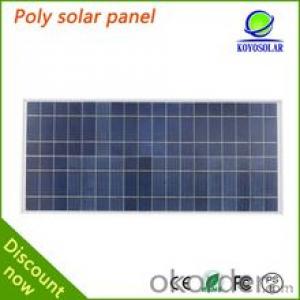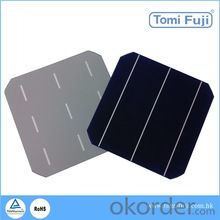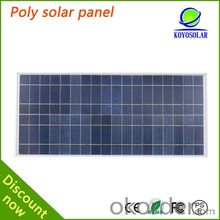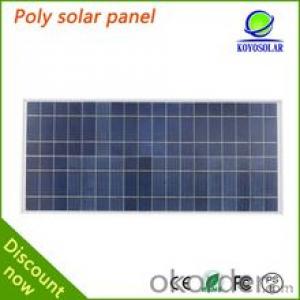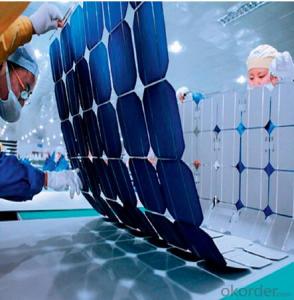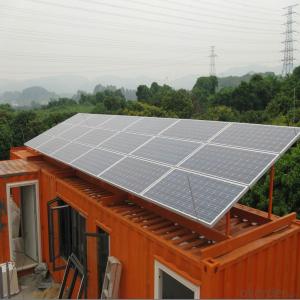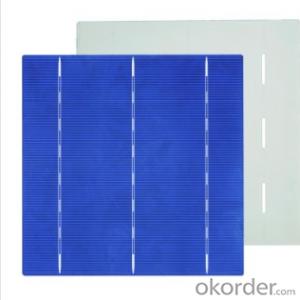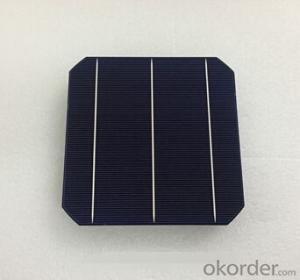Flexible Solar Cells for Clothing - A Grade Certified Solar Cell Mono/Poly Crystalline 156mm CNBM
- Loading Port:
- Qingdao
- Payment Terms:
- TT or LC
- Min Order Qty:
- 100 set
- Supply Capability:
- 300000 set/month
OKorder Service Pledge
OKorder Financial Service
You Might Also Like
Quick Details
| Place of Origin: | China (Mainland) | Brand Name: | cnbm | Model Number: | T1M-1780 |
| Material: | Polycrystalline Silicon | Size: | 156*156mm | Number of Cells: | 1pcs |
| Max. Power: | 4.4watt | Size:: | 156*156mm | Material:: | Polycrystalline Silicon |
| Materials:: | poly cell, broken solar cells for sale | Certificate:: | ISO9001,CE/TUV | solar cell:: | poly solar cell,broken solar cells for sale |
| Front side:: | Two/three 1.9/1.6mm wide silver bus ba | Tickness:: | 200μm±30μm | OEM Order:: | Acceptable |
| Back side:: | 3mm wide silver soldering pads |
Packaging & Delivery
| Packaging Detail: | 100pcs in one carton, one carton gross weight is about 2kg |
| Delivery Detail: | 1days after your paymen |
mono/polycrystalline solar cell
1.16.8%~18.25% efficiency
2.100% good quality
3.ISO9001/ISO14001/TUV/CE/UL
4. A grade cell
solar cell All Your Best Choice

| Physical Characteristics of broken solar cells for sale | ||||||||||||
| Dimension: | 156mm×156mm±0.5mm | |||||||||||
| Diagonal: | 220mm±0.5mm | |||||||||||
| Thickness(Si): | 200±20 μm | |||||||||||
| Front(-) | anti-reflecting coating (silicon nitride); | |||||||||||
| 1.5mm wide bus bars; | ||||||||||||
| Distance between bus bars: 51mm . | ||||||||||||
| Back(+) | Aluminum back surface field; | |||||||||||
| 2.0mm wide soldering pads; | ||||||||||||
| Distance between bus bars :51mm . | ||||||||||||
| Electrical Characteristics of broken solar cells for sale | ||||||||||||
| Efficiency(%) | 18 | 17.8 | 17.6 | 17.4 | 17.2 | 16.8 | 16.6 | 16.4 | 16.2 | 16 | 15.8 | 15.6 |
| Pmpp(W) | 4.33 | 4.29 | 4.24 | 4.19 | 4.14 | 4.09 | 4.04 | 3.99 | 3.94 | 3.9 | 3.86 | 3.82 |
| Umpp(V) | 0.53 | 0.527 | 0.524 | 0.521 | 0.518 | 0.516 | 0.514 | 0.511 | 0.509 | 0.506 | 0.503 | 0.501 |
| Impp(A) | 8.159 | 8.126 | 8.081 | 8.035 | 7.99 | 7.938 | 7.876 | 7.813 | 7.754 | 7.698 | 7.642 | 7.586 |
| Uoc(V) | 0.633 | 0.631 | 0.628 | 0.625 | 0.623 | 0.62 | 0.618 | 0.617 | 0.615 | 0.613 | 0.611 | 0.609 |
| Isc(A) | 8.709 | 8.677 | 8.629 | 8.578 | 8.531 | 8.478 | 8.419 | 8.356 | 8.289 | 8.22 | 8.151 | 8.083 |

Monocrystalline 125/156mm and polycyrstalline156 solar cell more pictures:
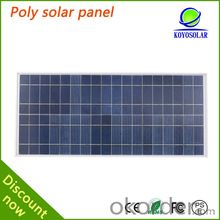
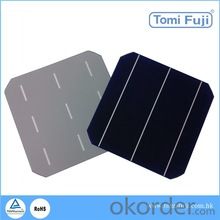
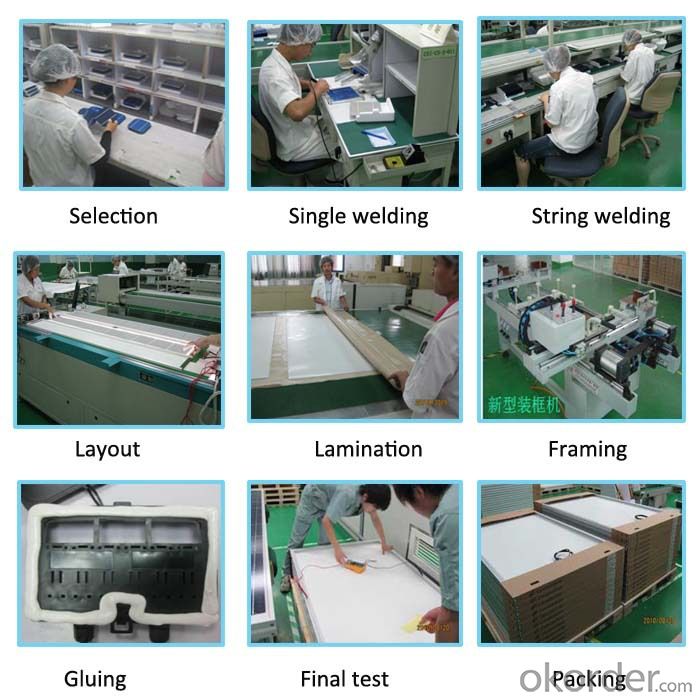
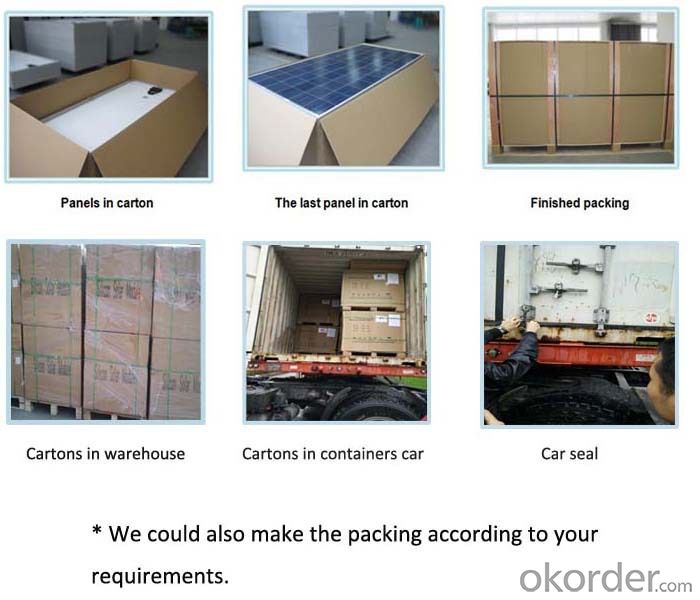
Packaging
u 100pcs/ctn, one carton is about 2kg.
u Individual packing requirement is acceptable.
By Sea | Delivery from Shanghai or Ningbo seaport |
By Air | Departure from Shanghai Pudong Airport |
By Express | Post by DHL, EMS, UPS, TNT. |
Although solar cells surplus, consumption tends to be active
All along, China's solar cell industry is facing surplus. Thus, the solar cell industry needs contact with the related industries closely, in order to open up a wide range of consumer markets.
Integration of cross-border trade, cross-border products will become a new trend in the production of solar energy industry. Solar power technology and consumer products combine more flexible.
Although solar cells are surplus, faced with increasingly serious energy crisis and air pollution, solar PV is becoming the mainstream in the form of new energy sources. With more perfect industry chain, solar energy products consumption has not only limited to large-scale power, and become more diverse. Gradually open up the domestic market and jump start the market, so that once plagued the Chinese PV industry began to pick up.
Solar cell industry has demonstrated a new application. With the use of new technology and declining costs, increasing the degree of market segmentation, the combine of solar technology and civil products is full of vitality. Integration of cross-border trade, cross-border products will become a new trend in the production of solar energy industry.
Currently, the national multi-sectoral support policies are still intensive introduction. Driven by the favorable policies, gradually increase the spending power of the solar cell. At the same time, the export structure of the solar cells are also more reasonable state, especially in Asian emerging markets continue to expand.
This year, with the decline in the cost of electricity, continued growth in overall industry demand and increasingly rational investment, coupled with smart grid construction, and constantly open up new markets effectively promote PV production capacity has expanded capacity utilization will also increase steadily. Forced downward pressure on the cost of power generation, high efficiency, the new demand for low-cost photovoltaic cell products will continue to grow in the future; it has also become the focus of the major manufacturers of photovoltaic production layout.
- Q: Can solar cells be used in high-altitude areas?
- Yes, solar cells can be used in high-altitude areas. In fact, solar cells can actually be more efficient at higher altitudes due to reduced atmospheric interference and increased solar irradiance. However, the performance of solar cells can still be affected by factors like temperature and snow cover, which need to be considered for optimal utilization in high-altitude regions.
- Q: What is the size and weight of a typical solar cell?
- The size and weight of a typical solar cell can vary depending on its intended application and technology. However, a standard silicon-based solar cell is typically square-shaped with dimensions ranging from a few centimeters to around 15 centimeters on each side. In terms of weight, most solar cells are quite lightweight, typically weighing between a few grams to around 100 grams, depending on the size and material used.
- Q: What is the role of solar cells in powering electric fences?
- The role of solar cells in powering electric fences is to convert sunlight into electrical energy, which is then stored in batteries. This stored energy is used to power the electric fence, providing a continuous and reliable source of electricity without the need for a traditional power source or connection to the electrical grid.
- Q: What is the largest solar cell installation in the world?
- The largest solar cell installation in the world is the Tengger Desert Solar Park in China.
- Q: Can solar cells be used on boats?
- Yes, solar cells can be used on boats. They are a reliable and efficient source of renewable energy that can power various electrical systems on board, including lighting, navigation equipment, and charging batteries. Additionally, solar cells are lightweight, durable, and environmentally friendly, making them an ideal choice for boating applications.
- Q: Can solar cells be used in areas with high humidity?
- Yes, solar cells can be used in areas with high humidity. While high humidity may slightly reduce the efficiency of solar cells, they can still generate electricity in such conditions. Additionally, advancements in solar cell technology have made them more resistant to moisture and environmental factors, allowing them to function effectively even in humid climates.
- Q: What happens to excess electricity generated by solar cells?
- Excess electricity generated by solar cells can be stored in batteries for later use, fed into the power grid to offset energy consumption, or utilized to power other devices or systems within the property.
- Q: How do solar cells impact national energy policies?
- Solar cells have a significant impact on national energy policies as they promote the diversification and decentralization of energy sources. By harnessing the power of the sun, solar cells contribute to the development of renewable energy and reduce reliance on fossil fuels. This, in turn, helps countries achieve their energy security goals, mitigate climate change, and enhance sustainability. Governments often incentivize the adoption of solar cells through policy measures such as feed-in tariffs, tax credits, and research funding, which further drive the growth of solar energy and shape national energy policies.
- Q: Can solar cells be used in grid-tied systems?
- Yes, solar cells can be used in grid-tied systems. In a grid-tied system, solar cells generate electricity from sunlight, which is then fed into the electrical grid. This allows the solar energy produced to be shared and used by other consumers in the grid, providing a sustainable and efficient way to power homes and businesses.
- Q: What's the relationship between solar energy materials and solar cells?
- Solar cells are used for the direct conversion in changing the light energy into electrical energy. At present, a large number of terrestrial photovoltaic systems are actually made by silicon solar cells, which can be divided into silicon, polycrystalline silicon, amorphous silicon solar cells.
Send your message to us
Flexible Solar Cells for Clothing - A Grade Certified Solar Cell Mono/Poly Crystalline 156mm CNBM
- Loading Port:
- Qingdao
- Payment Terms:
- TT or LC
- Min Order Qty:
- 100 set
- Supply Capability:
- 300000 set/month
OKorder Service Pledge
OKorder Financial Service
Similar products
Hot products
Hot Searches
Related keywords

